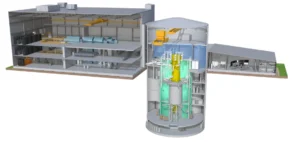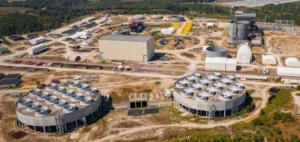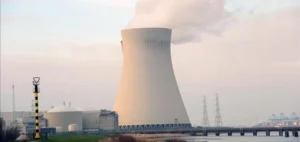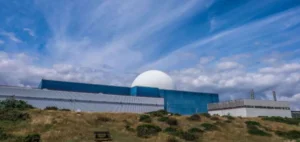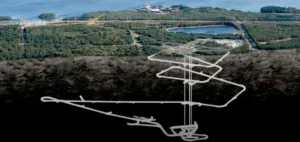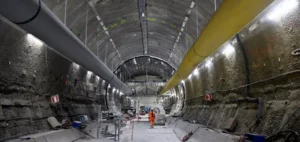UK nuclear services company Cavendish Nuclear has been awarded a contract by the Japan Atomic Energy Agency (JAEA) to provide specialist expertise in support of the deconstruction of the Monju Fast Breeder Prototype (FBR) reactor. Supported by International Nuclear Services Japan – a subsidiary of the UK Nuclear Decommissioning Authority – and working with its delivery partner Jacobs, the contract calls for the design, construction, operation and ultimate decommissioning of a new facility in the UK for the processing of sodium from Monju to be recycled for industrial use.
Cavendish, a subsidiary of the Babcock International Group, is involved in the ongoing deconstruction of the fast reactors at the Dounreay site in the UK. In August 2019, the company won a contract from JAEA to support the deconstruction of Monju by providing technical support for the creation of a reactor deconstruction life plan and a feasibility study on the treatment of sodium coolant from the Monju site.
Sodium leak causes Monju reactor to shut down
The 280 MWe Monju fast breeder reactor in Tsuruga City, Fukui Prefecture, was an integral part of Japan’s nuclear power program. It was commissioned in 1994, but was shut down the following year, only four months after being connected to the grid, when about 700 kilograms of liquid sodium leaked from the secondary cooling loop. Although there were no injuries and no radioactivity leaked from the plant buildings, the operator tried to conceal the extent of the damage. It was finally restarted in May 2010, but has not operated since the refueling equipment fell into the reactor vessel during a refueling operation later that year.
The equipment was recovered and replaced, but the Nuclear Regulatory Authority (NRA) did not authorize the restart of the reactor. In November 2015, following concerns about equipment inspections, the NRA determined that JAEA was not qualified to operate the reactor. In December 2016, the government officially announced its decision to dismantle the Monju reactor.
30 years to deconstruct Monju
The deconstruction of Monju will take 30 years and cost more than JPY375 billion (USD2.5 billion), according to government estimates. This includes JPY225 billion for maintenance, JPY135 billion for dismantling the plant and JPY15 billion for unloading and preparations for dismantling. JAEA submitted a detailed plan for the deconstruction of Monju, in accordance with the government’s basic policy, to the NRA in December 2017.
The plan included four steps. In the first stage, JAEA would transfer all fuel to an on-site storage pool by FY 2022. In the second and third stages, the sodium coolant will be removed from Monju and the associated equipment dismantled. The reactor building will be demolished and removed by FY 2047 in the final stage. The NAR approved this plan in March 2018. In October 2022, JAEA announced that all Monju fuel assemblies had been transferred to a water-filled storage facility.













